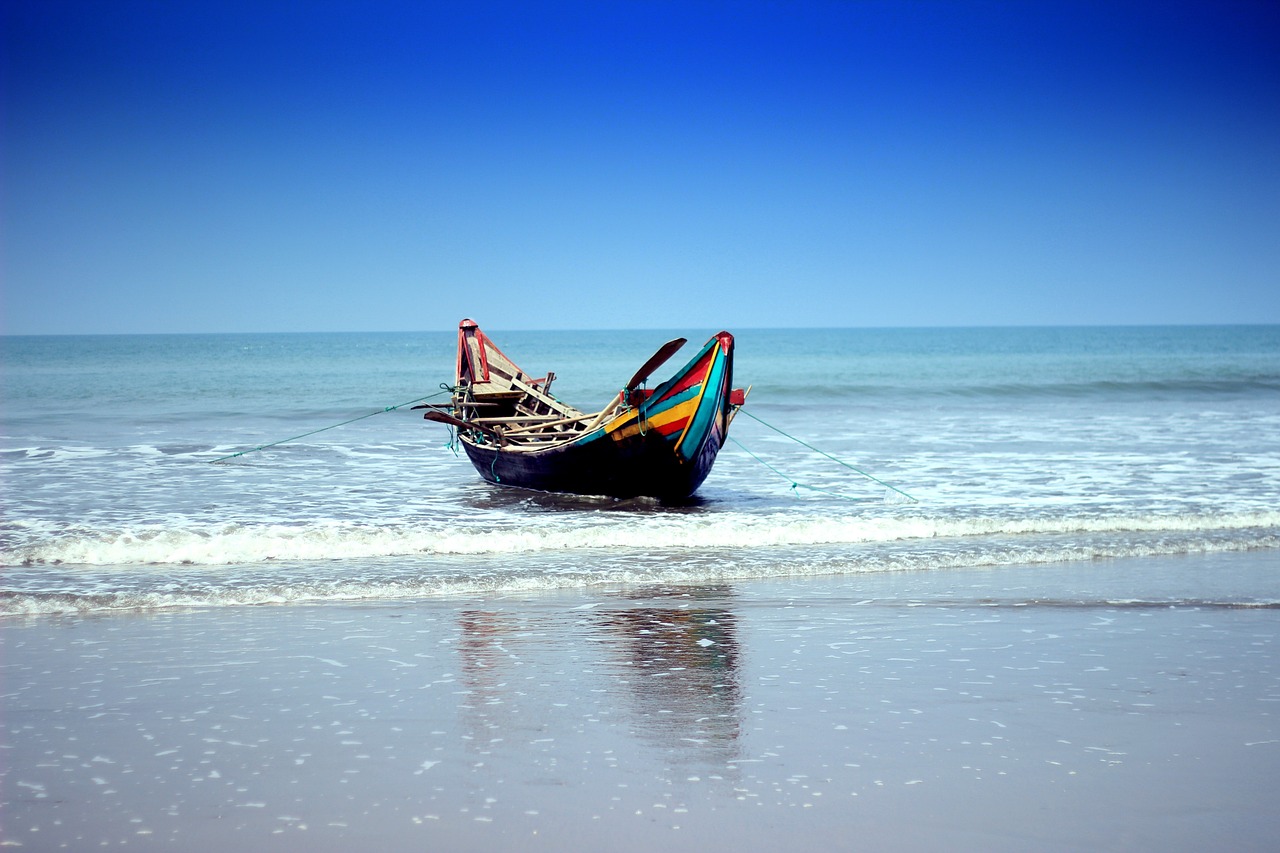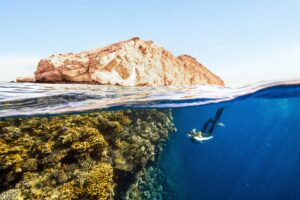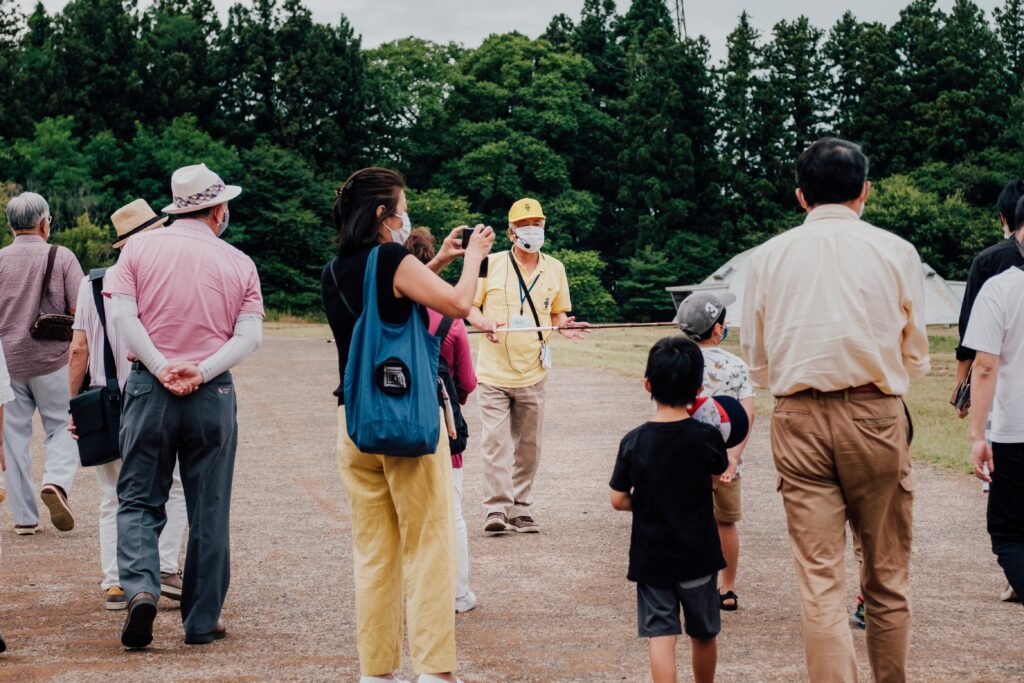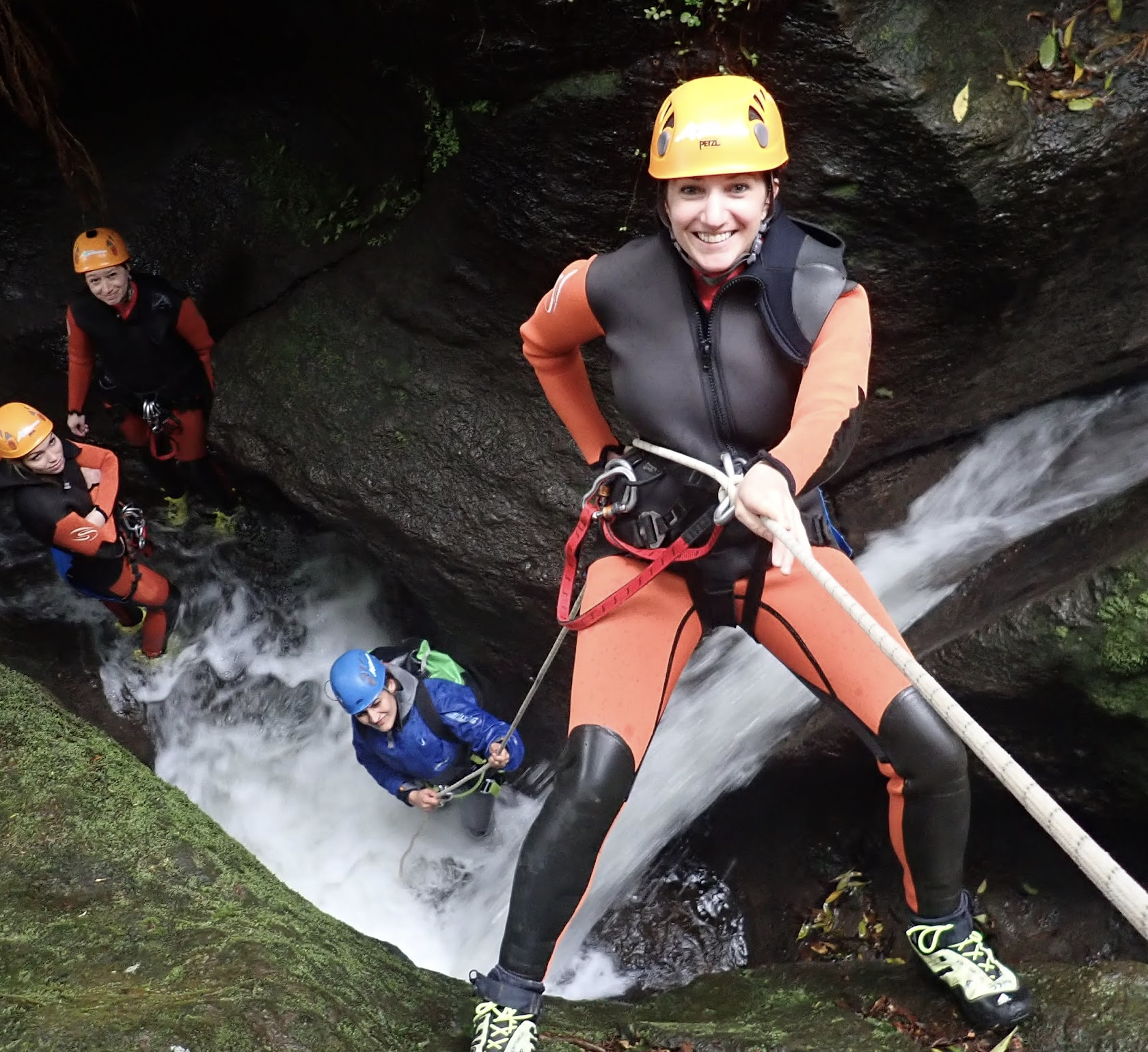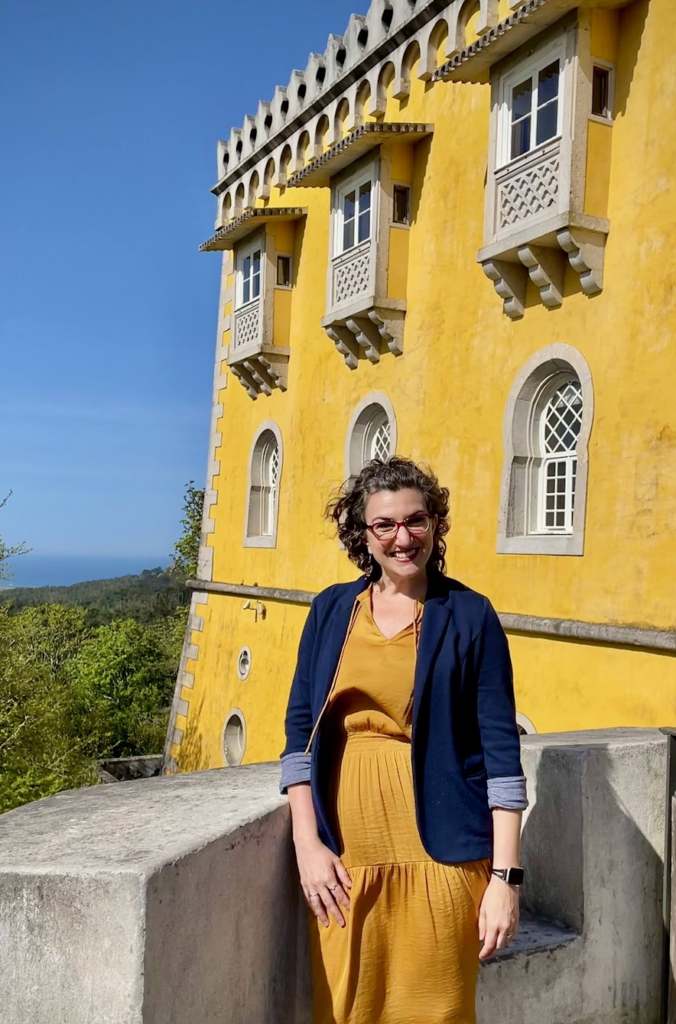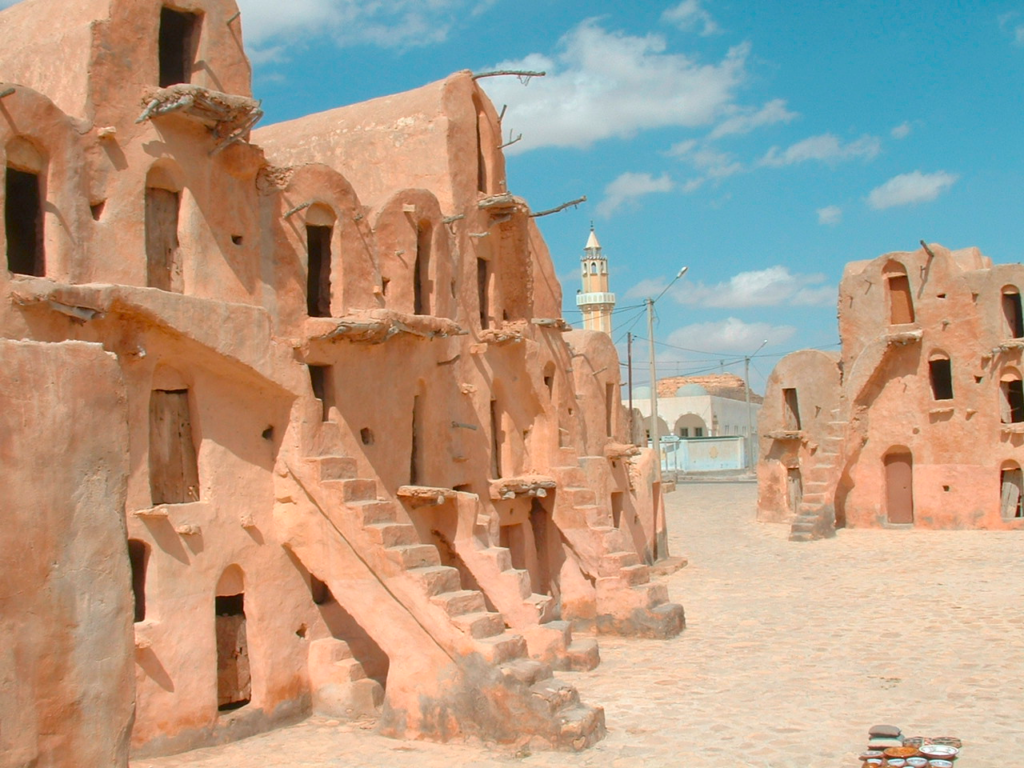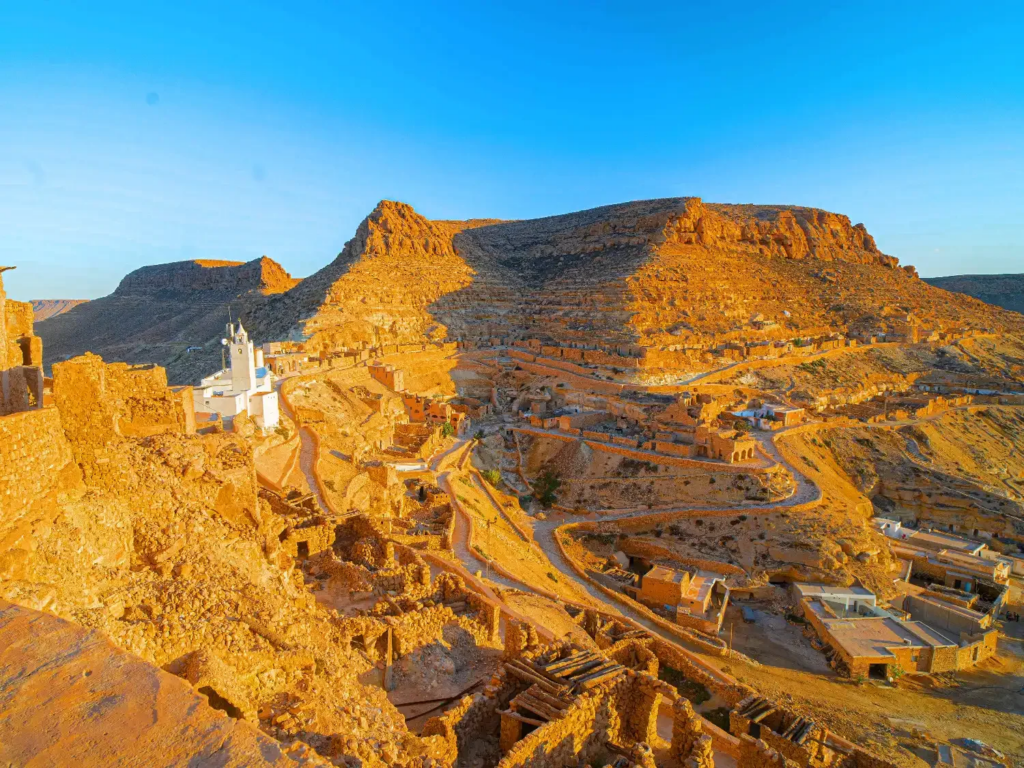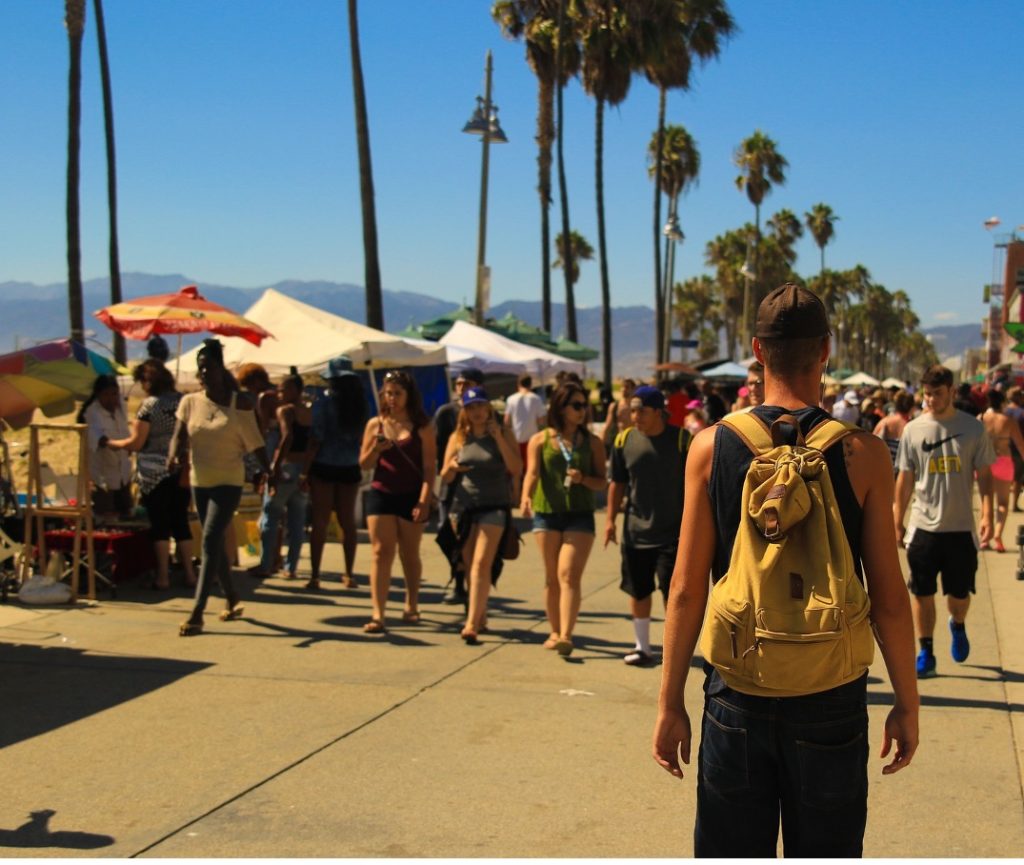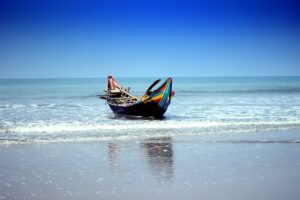
An Emerging Destination in South Asia
Situated on the southeastern coast of Bangladesh, Cox’s Bazar is a captivating destination that boasts the world’s longest natural sea beach, stretching an impressive 120 kilometers (approx. 75 miles). Cox’s Bazar is more than a beach destination; it’s a thriving hidden gem where traditional Bangladeshi culture meets modern comforts. The stunning beaches, unique local culture, and unspoiled natural beauty make it an idyllic retreat for travelers seeking a getaway.
Visitors can immerse themselves in the bustling markets, savor the local delicacies, and engage with the warm and hospitable locals. The area is rich in history and culture, with landmarks such as the Buddhist temple of Aggameda Khyang, showcasing the region’s diverse heritage. The nearby Himchari National Park offers opportunities for hiking and wildlife spotting, further improving the destination’s appeal for nature enthusiasts. Many people around the world, specifically in the west, have never heard of this destination, so putting it on the map with a tourism development project necessitates a unique formula of design and implementation. This case study explores the process of setting up a tourism development project for Cox’s Bazar.
Crafting Cox’s Bazar’s Tourism Development Project
Solimar International has launched eight tourism development projects in South Asia including in Sri Lanka and the Sundarbans of Bangladesh. A destination with potential for a future project is Cox’s Bazar to replicate the successes and leverage lessons learned in the Sundarbans. But what does that mean for the destination?
Domestic tourism is extremely popular in Cox’s Bazar as it is the primary destination for Bangladeshi residents to venture to. In recent years, Cox’s Bazar has experienced huge growth in tourism. During the peak season (October to April) about 2 million tourists visit Cox’s Bazar and it is expected the figure will grow to around 15 million by the year 2030. Developing tourism in Cox’s Bazar presents an alluring opportunity for economic growth and cultural enrichment. The influx of tourists can stimulate local businesses, create jobs, and foster infrastructure development, ultimately uplifting the local economy, preserving the culture, and benefiting the community – discussed later on in the article. Bangladesh’s stunning landscapes and culture can elevate the country’s global reputation as Cox’s Bazar emerges as a tourist destination, attracting visitors from all stretches of the world. Managing tourism levels is an important consideration for the location as to not overcrowd the area and degrade its natural beauty.
A Closer Look
Establishing a successful tourism development project and destination marketing organization (DMO) in this exceptional location calls for thorough planning and strategic implementation. It is important to create a DMO for Cox’s Bazar because it needs to be positioned as a destination that attracts tourists globally while showing off the natural beauty and opportunities it has to offer. Crucial considerations to take into account include sustainable practices to safeguard the natural environment, community engagement to guarantee local benefits, and robust marketing strategies to attract diverse visitors from all over the world.
Cox’s Bazar is a destination for many types of travelers: eco-tourists, vacation seekers, and cultural enthusiasts, etc. Investments in infrastructure, such as transportation, accommodation, and recreational facilities are needed to provide tourists with an enjoyable experience. Also, the implementation of sustainable measures to protect the ecosystem is essential to maintain the pristine condition of Cox’s Bazar.
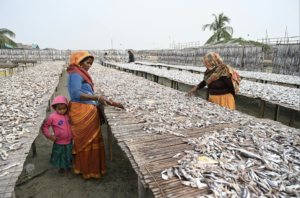
The Tourism Development Process
Beginning a tourism development project for a destination like Cox’s Bazar first requires a strategic planning approach.
- To start, it is important to conduct a situation analysis of the current tourism statistics, visitation trends, and infrastructure development in Cox’s Bazar. Understanding the local attractions and culture are essential for implementing a rebranding of tourism or lack-thereof for a destination.
- Next, identifying limitations and opportunities within the market are essential with moving forward.
- And subsequently, the strategic planning process begins with extensive market research, community involvement and agreement, administering sustainable practices, and marketing/promotion are all part of the agenda.
Current Tourism Analysis
The tourism sector contributes a majority of the local economy in Cox’s Bazar. Thus, it is important to position the area as a premier destination in South Asia, attracting local and international tourists. However, the location is struggling to fulfill its potential as an appealing and popular tourism destination with the negative perception it receives in the media surrounding the political climate. Significant headways have been made over the last decade which include infrastructure developments like railways and seaports to make access to the locale easier, reliable, and more frequent. This, in turn, improves connectivity and economic activity for the area.
Unfortunately, the impact of the COVID-19 pandemic resulted in widespread hindrance for the growth of the area for several years. Many local businesses and services were affected negatively, stunted by the decline in visitor numbers. Currently, Cox’s Bazar experiences a lopsided amount of tourists in peak versus off-peak seasons. November through March are prime months to visit the area and avoid the monsoon season. Yet, in the other months, efforts are being made to attract tourists through special events and promotions. Seasonality can lead to overtourism during peak season, so dispersing the tourism sector throughout the year is paramount. As long as there is something to do at all times of the year, tourism can thrive regardless.
Tourist Profile and Competitive Analysis
Tourism in Cox’s Bazar primarily attracts domestic tourists such as Bangladeshi residents looking for weekend getaways or holiday vacations. To appeal to international markets, it is crucial to enhance its attractiveness. These local tourists often travel with family or friends and prioritize experiences and activities over accommodation and culture. In contrast, tourists from neighboring countries, including both leisure seekers and business travelers, are drawn to more luxurious and eco-friendly accommodations, as well as enriching cultural experiences.
A significant issue poses a threat – there are many renowned beach destinations near Cox’s Bazar that serve as direct competition. Notably, Bali and Phuket are regarded very highly when travelers envision a coastal paradise. However, capitalizing on emerging trends and unique selling propositions are newfound approaches to establishing the next best destination. It is important that key stakeholder engagement is at the core of these development projects to ensure that the best and most sustainable outcomes are warranted. From government agencies to local businesses and even tourists, it is believed that fostering community-driven goals are the heartbeat to making a destination prosper.
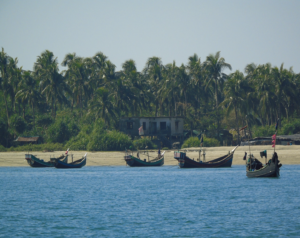
Serenity: Cox’s Bazar. (Photo Credit: Fareed Akhyear Chowdhury- Unsplash)
Sustainable Development of Tourism in Bangladesh
The rise of sustainable tourism is shifting the paradigm in terms of travel to more eco-friendly, green trends and destinations. For Cox’s Bazar, sustainable tourism projects have the chance to lessen negative environmental and economic impacts by reducing harmful practices. These opportunities create withstanding viability, stakeholder satisfaction, and elevated tourist experiences.
Here are some ways to implement sustainable practices in Cox’s Bazar through ESG implementation:
-
- Preservation of marine life and ecosystems– partnerships with environmental institutions to create programs.
- Reducing marine pollution– through beach cleanups and emphasizing the importance of waste management.
- Alternative energy sources– investments in renewable energy sources to improve efficiency and reduce emissions.
- Waste management– encourage recycling, ensure the appropriate resources are available to maintain proper disposal.
- Eco-friendly lodging– development and promotion of ecolodges, guesthouses, and homestays.
- Community involvement– creating jobs for locals, supporting local businesses, involving residents in decision-making.
Embracing sustainability gives the Cox’s Bazar tourism project the upper hand in separating itself from competitors and positioning it as a green destination. The implementation of the practices mentioned above can provide the region with many resources and benefit the community and environment.

Destination Marketing and Promotional Efforts
In a region as beautiful as Cox’s Bazar, standing out in a competitive market requires effective marketing and promotional strategies. The unique selling point – the longest sea beach is the centerpiece of these efforts, appealing to audiences through various media. Having such an expansive landscape, Cox’s Bazar presents a multitude of development opportunities. Creating a brand identity that reflects Cox’s Bazar’s culture and beauty should be a top priority. Through these, emphasizing the unique experiences available like beach activities, local festivals, delicious culinary adventures, and eco-tourism opportunities.
Furthermore, educating the local communities and tourists about conservation and climate change awareness is another important factor to consider. Digital marketing is a resourceful mechanism to spread awareness about an emerging destination. Social media marketing has revolutionized the tourism industry with its modern advancements appealing to a broader scope of people, so leveraging various platforms with engaging content is essential. Also, collaborations with travel influencers, writers, and personalities is a great way to boost promotional efforts. Additionally, having a user-friendly Destination Management Organization (DMO) website filled with trip planning information, attractions, and accommodations is crucial. Offering exclusive deals, packages, and discounts can further attract visitors. The purpose of this campaign is to increase visibility, so regularly monitoring and evaluating engagement metrics is important for success. The Cox’s Bazar tourism project relies on a successful digital campaign.
The Rohingya Refugee Crisis: Obstacles and Opportunities
Cox’s Bazar is currently one of the primary locations of the Rohingya refugee crisis, which began in 2017 due to the oppressive regime in neighboring Myanmar. Since then, hundreds of thousands of Rohingya people have sought refuge across the border in Bangladesh. The influx of roughly over 700,000 Rohingya refugees has placed immense pressure on humanitarian and government relief efforts, straining resources in the region and affecting tourism. Despite the severity of the situation, Bangladesh has not formally granted refugee status to the Rohingya, who have been subjected to decades of persecution and discrimination. The Bangladeshi government seeks to resettle refugees elsewhere, as Cox’s Bazar isn’t a sustainable, long-term location. Currently, the refugees live there in extremely crowded, tattered shelters with limited security, infrastructure, and exposure to unpredictable climate patterns.
The refugee crisis in Cox’s Bazar presents significant challenges to tourism growth in the area. The presence of a humanitarian crisis can affect the perception of the region as a travel destination, raising safety and security concerns and potentially increasing tension between locals and refugees.
However, there are opportunities to address these challenges. Implementing strategies to provide job and educational opportunities can create a more integrated community where tourism can thrive. Additionally, granting more rights and resources to refugees can be a lengthy but rewarding process. Shifting the narrative to highlight the natural beauty of Cox’s Bazar is also crucial in improving its overall image.
The Path Forward- Cox’s Bazar Tourism Project
Cox’s Bazar, the world’s longest beach, has the potential to become a thriving tourism destination in the future. Creating a unique brand identity that intrigues visitors globally and incorporating sustainable practices are two key components of beginning a tourism development project. Additionally, addressing the current refugee crisis with viable solutions is an integral step in enhancing the area as a whole. Solimar International hopes to be the next and best resource to help assist the destination with discovering their potential and creating successful regenerative tourism projects that give back to its community, preserve its culture and protect its natural environment.
